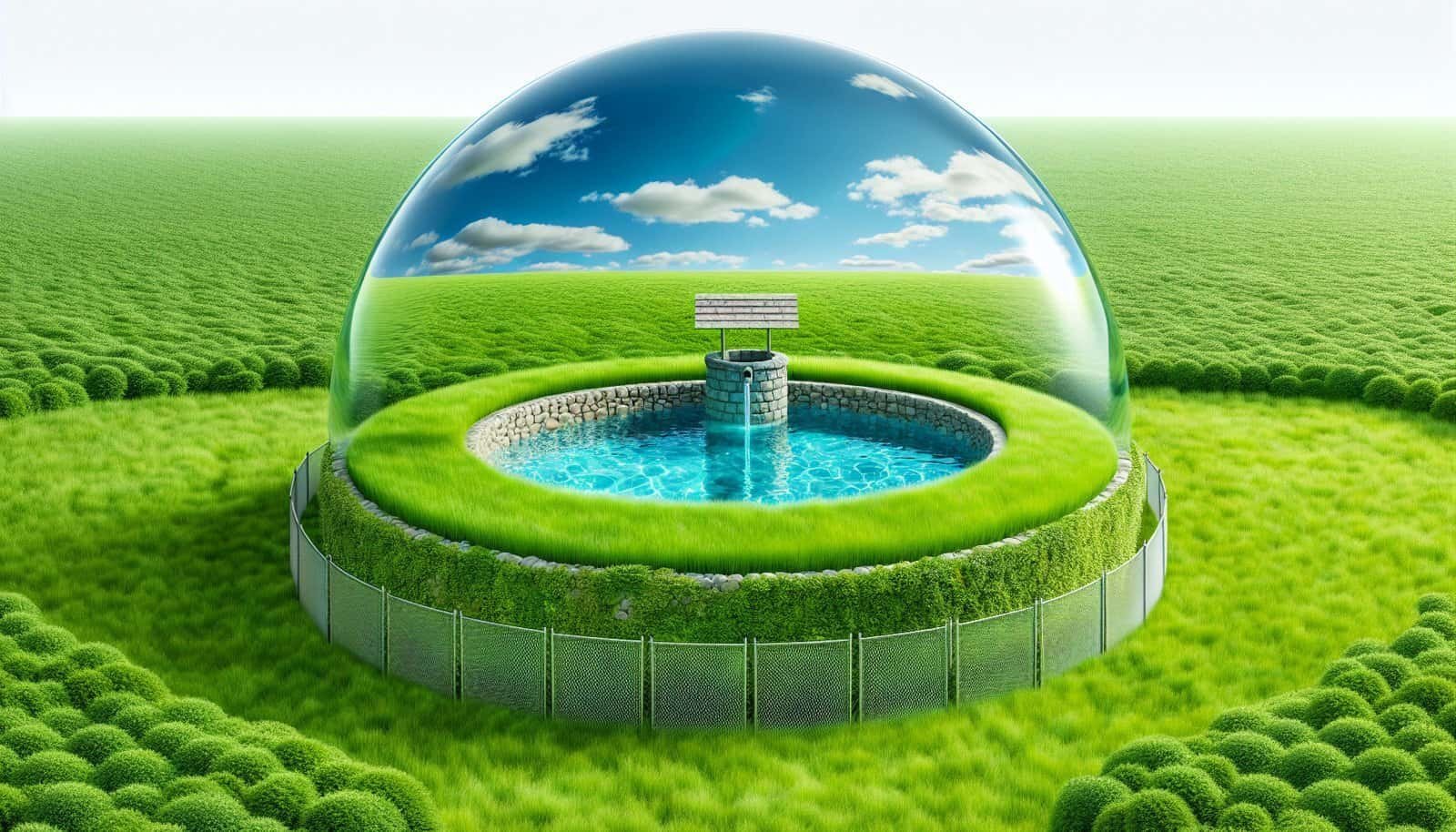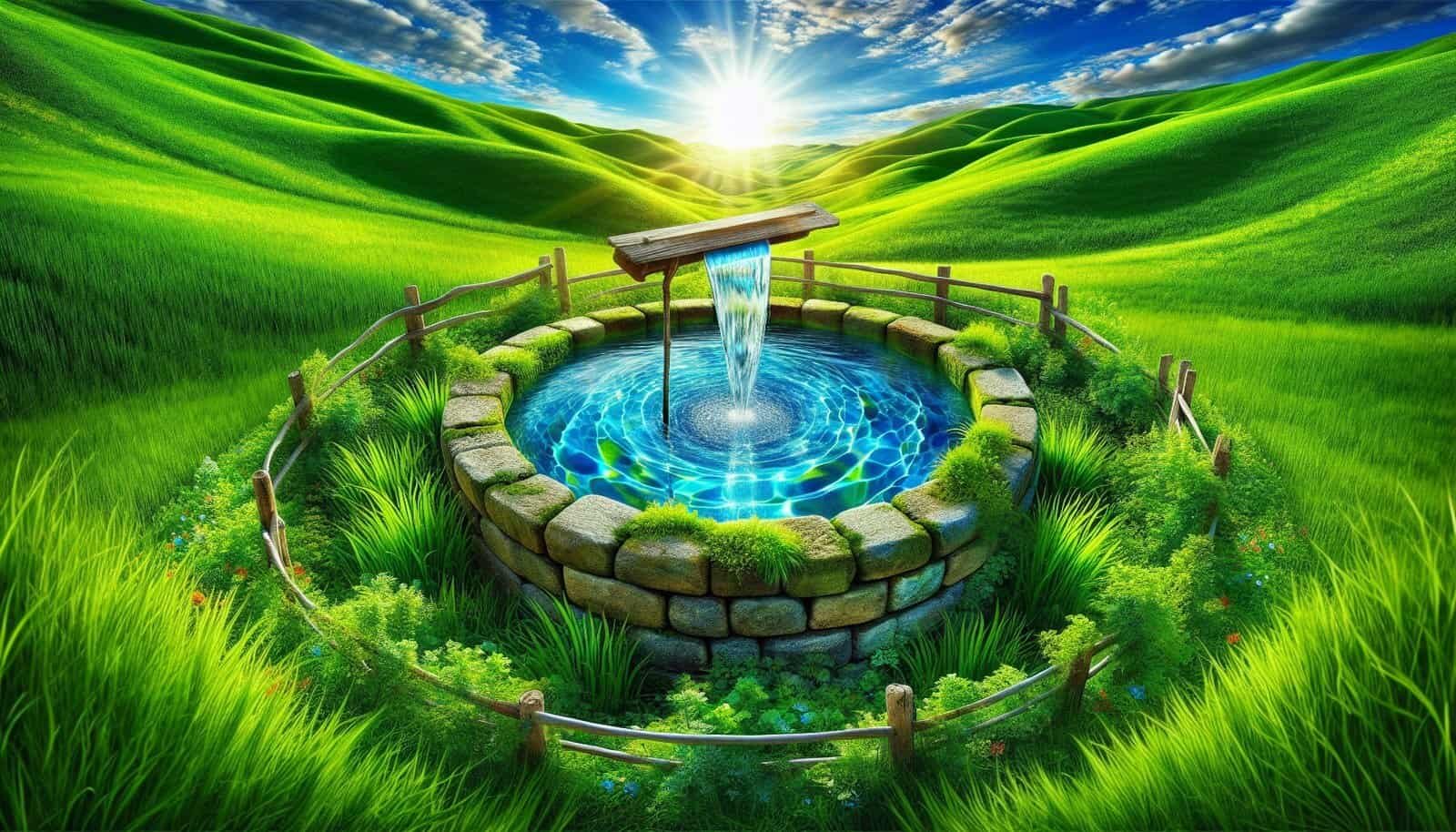How Can You Prevent Chemicals From Entering Your Well?
Are you concerned about the quality of the water in your well and wondering how you can ensure it remains free of harmful chemicals? It’s a common question and an important one, especially when it comes to the health and safety of your household. Your well water can be susceptible to contamination from various chemicals used in daily activities and farming, and protecting it is crucial. Let’s explore the steps you can take to keep your well safe.
Understanding the Sources of Well Contamination
Before diving into preventive measures, it’s essential to understand where chemical contaminants might be coming from. Knowing the sources can help you address potential risks more effectively.
Agricultural Runoff: Fertilizers, pesticides, and herbicides used in farming can leach into groundwater and affect your well.
Household Chemicals: Cleaning agents, solvents, and paints often find their way into the ground, especially if disposed of improperly.
Septic Systems: Poorly maintained septic systems can lead to leaks, potentially contaminating nearby wells with various chemicals and pathogens.
Industrial Discharges: If located near industrial areas, your well may be vulnerable to leaks and spills that introduce chemicals into the soil.
By recognizing these sources, you’re already on the first step to protecting your well.
Regular Water Testing
Regular monitoring and testing are crucial in keeping your well water clean. Understanding what to test for and how often can set a baseline for water quality improvement.
What Should You Test For?
A comprehensive testing typically includes checking for:
- Nitrates and Nitrites: Often from fertilizers, these can harm human health, especially for infants.
- Volatile Organic Compounds (VOCs): Found in fuel, solvents, and industrial chemicals, these can seep into well water.
- pH Level: A measure of acidity or alkalinity, affecting the solubility of other contaminants.
- Pesticides: Residual agriculture chemicals that might runoff into the water supply.
- Heavy Metals: Such as lead, arsenic, and cadmium, typically from industrial sources.
How Often Should You Test Your Water?
- Annual Testing: Conduct a comprehensive test annually, focusing on common contaminants in your area.
- After Major Changes or Events: Test your water after any significant flooding, heavy rains, or changes in land use nearby, or if you notice changes in your water’s taste, smell, or appearance.
Regular testing provides feedback on the effectiveness of your preventive measures and alerts you to any emerging threats to your water’s purity.

Well Construction and Maintenance
Good well design and upkeep are foundational in preventing chemical contamination. Let’s look at aspects of well construction and maintenance that protect water quality.
Proper Well Design
To minimize contamination:
- Location: Your well should be located upslope from potential contamination sources like septic tanks and livestock pens.
- Depth: Deeper wells are generally safer, tapping into more protected aquifers.
- Casing and Sealing: Ensure that your well casing is intact and properly sealed to prevent surface water from infiltrating.
Maintenance Practices
Ongoing well maintenance can prevent small issues from turning into significant problems:
- Routine Inspections: Inspect your well cap, casing, and any other structural elements annually. Look for cracks, corrosion, or other signs of wear and address them promptly.
- Keep Records: Maintain records of well construction details, maintenance activities, and water tests for future reference.
- Hire a Professional: Hire a licensed well contractor for maintenance or if you notice any structural issues.
By focusing on well construction and regular maintenance, you safeguard it against many common contamination routes.
Managing Surrounding Land Use
How land around your well is used can significantly impact its water safety. Taking an active role in managing your surrounding environment is key.
Safe Storage of Chemicals
- Proper Storage Facilities: Store fertilizers, pesticides, and other chemicals in well-ventilated areas, away from your well, and on non-porous surfaces.
- Secondary Containment: Use secondary containment measures like trays or barriers to catch accidental spills.
Landscaping
- Buffer Zones: Create buffer zones with native vegetation around your well to filter runoff and stabilize soil.
- Direct Water Away: Ensure surface drainage systems divert water away from your well to minimize pollutant dilution.
By proactively managing the land, you minimize direct and indirect paths for chemicals to reach your well.

Implementing Water Treatment Solutions
Sometimes, additional measures are needed to ensure the highest water quality. Water treatment systems can serve as a valuable second line of defense.
Types of Treatment Systems
Different systems target different contaminants. Here’s a brief look at popular options:
| System Type | Best For |
|---|---|
| Activated Carbon Filters | Removing VOCs, chlorine, and taste/odor issues. |
| Reverse Osmosis | Effective against nitrates, pesticides, and heavy metals. |
| Ultraviolet (UV) Light | Disinfecting and eliminating pathogens. |
| Water Softeners | Reducing hardness and certain metal contaminants. |
Choosing the Right System
When selecting a system, consider:
- Specific Contaminants: Base your choice on water testing results and prevalent contaminants.
- Flow Rate and Size: Ensure the system you’re considering matches your household water usage and well capacity.
- Maintenance and Cost: Factor in routine maintenance needs and overall cost-of-ownership before committing to a system.
Implementing a comprehensive water treatment strategy can effectively reduce the presence of chemicals and other pollutants in your well water.
Education and Community Engagement
Taking steps to protect your well is vital, but joining forces with your community can expand the impact. Educate yourself about local water safety efforts and participate in community initiatives.
Educational Resources
- Workshops and Seminars: Attend local workshops on water safety and land management practices.
- Online Resources: Utilize online courses and resources focusing on well protection and water quality management.
Participating in Local Efforts
- Community Water Testing Days: Engage in local water testing events to encourage communal vigilance.
- Advocacy: Advocate for local regulations against industrial waste dumping and for safer chemical handling practices.
By fostering a community mindset around water quality, you contribute to broader well water protection efforts.

Developing a Prevention Action Plan
Creating a detailed, actionable plan can streamline your efforts in maintaining water quality, helping you stay organized and proactive.
Steps to Formulate Your Plan
- Assess Risks: Identify the potential risks based on your specific well’s history and land use.
- Set Goals: Determine clear, measurable goals for reducing contamination risk.
- Plan Implementation: Establish the steps needed to manage risks effectively, such as regular testing, installing treatment systems, and maintaining your well.
- Review and Adjust: Regularly review your plan, adjusting strategies based on new information or changes in water quality tests.
Having a tailored prevention action plan helps ensure consistency and effectiveness in protecting your well water.
Conclusion
Ensuring that your well water remains free from harmful chemicals is an ongoing process that requires vigilance, regular testing, and active land management. Integrating preventive measures into your regular household routine not only preserves water quality but also provides peace of mind. While protecting your well might seem daunting, breaking it down into manageable steps makes the task achievable and the outcomes rewarding. Remember, with the right tools, knowledge, and community support, you can safeguard your water today and for future generations.


